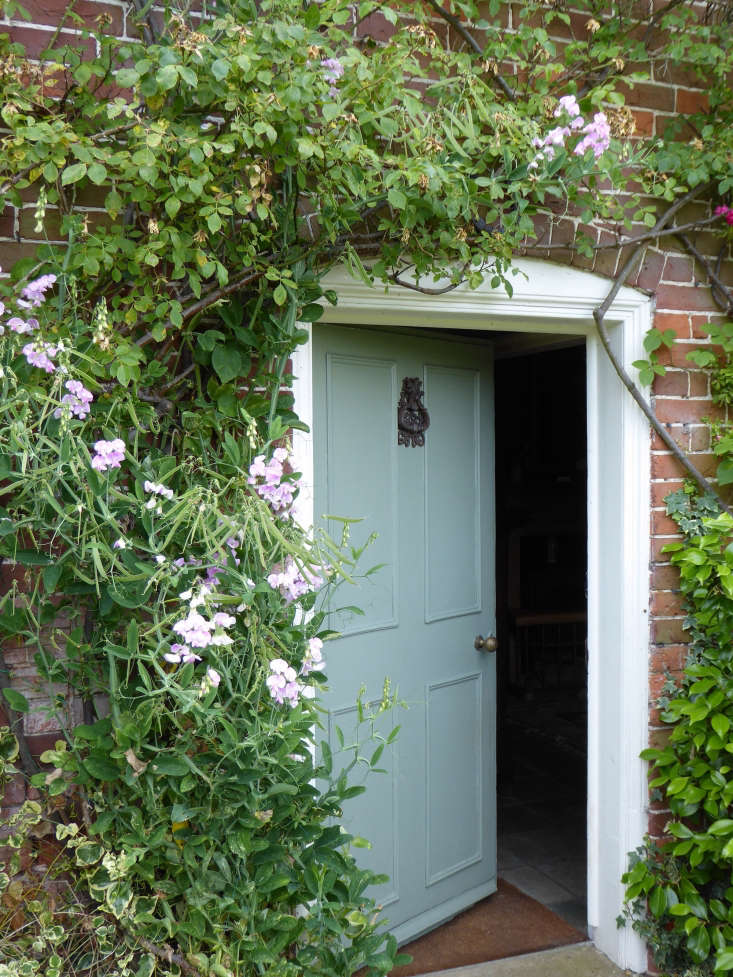When London-based boutique owner Trevor Pickett bought a Victorian red-brick cottage close to the east coast in rural Suffolk 25 years ago, the plot already had plenty of potential—the half-acre garden (and two acre fields beyond) had formerly been the gardener’s cottage of the grand Georgian house next door.
But in keeping with the pretty and traditional style of the house, Pickett upped the ante, cleverly designing the garden into zones with a parterre, a rose-covered pergola, espalier fruit trees and climbers at every turn.
Here are eight lessons he learned along the way about English cottage gardening:
Photography by Clare Coulson for Gardenista.

Vintage Pots and Containers

Invest in vintage galvanized dolly tubs; here they anchor the path and are filled with young evergreens that can eventually be topiarized.
Create Vignettes

Shrubs in Succession

Dining Room, Defined

Statuary in Focus

Focal points are created with antique statuary and urns that pull the eye along the long paths and create views throughout the garden. A simple brick plinth brings this urn up to eye level.
Espalier for Privacy

Rather than zoning with solid features or fences, Trevor has used more airy, transparent dividers; here, a pear espalier is used to demarcate a long grass path from the rest of the garden.
Dovecote Drama

A Dramatic Entrance

Social Climbers

N.B.: If you like cottage gardens as much as we do, our favorites will inspire you:
- 10 Ideas to Steal from English Cottage Gardens.
- A Wildflower Meadow at the Edge of an English Cottage Garden.
- A Glamorous Black and White Cottage Garden.












Have a Question or Comment About This Post?
Join the conversation (1)